“Drama—netic” by CHRISTOPHE DE ROHAN CHABOT
|Claire Koron Elat
032c Workshop is pleased to present “Drama—netic,” a solo show by Christophe de Rohan Chabot organized by Claire Koron Elat.
Are we human(s) or are we brands? French artist Christophe de Rohan Chabot’s show “Drama—netic” explores our contemporary digital culture, and how faces of certain personae have transcended to a stage where they have become cultural signifiers. Through pop (and business) icons, which almost attain a meme quality in the artist’s work, de Rohan Chabot raises questions around the permanent aestheticization of the self and modes of constant performativity that we all seem to operate under. In this interview, the artist and Claire Koron Elat discuss the vocabulary that influencers use and if identity really has anything to do with the individual.
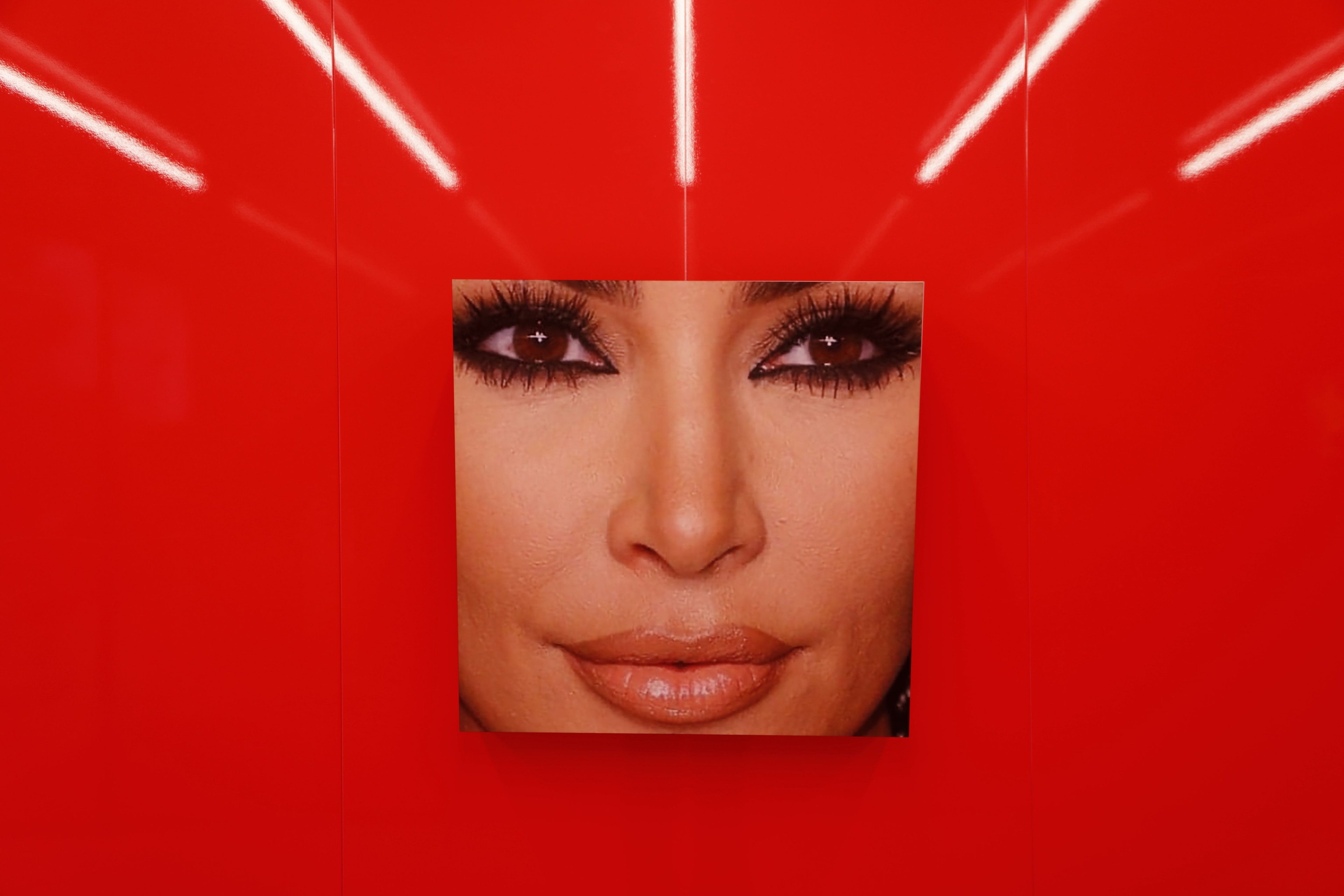
CLAIRE KORON ELAT: The title of your show is “Drama—netic.” Why did you end up choosing this title, and what’s the intention of the exhibition?
CHRISTOPHE DE ROHAN CHABOT: The title’s part “—netic” is taken from cybernetics. I’m interested in taking familiar subjects and objects, playing with their narrative, as well as considering these familiarities and the subjects that are behind them as emotional objects. So, the show is about introducing characters such as Kim Kardashian, Ye, or Steve Jobs as “drama icons.” I think they could be even defined as “performance personalities.”The space itself also relates to the notion of drama for me. The red carpet and walls create an atmosphere as if you would enter an opera or theater. The fact that the space is partly a clothing shop adds to the idea of it being some kind of stage where you have to perform. The viewer is directly involved in the environment—as a participant, a performer, a customer.
CKE: In what way are Kim, Ye, and Steve in conversation with each other?
CDRC: I have a nostalgic vision of the 90s in relation to tabloids, MTV, the show business, and TV shows. And the combination of the figures plays with certain notions of temporality.
Pop has to do with mixing various kinds of backgrounds, which is why I’m also interested in working with more proper business figures. For me, Kim and Ye evoke a feeling of vanity. But Steve Jobs was so spot on that he has developed a pop presence, although he worked in another field.
From an economic perspective, I don’t think that the products Ye and Kim create will really be used long-term, unlike the products by Steve Jobs. To say it more abstract, I would frame his work as a long-term construction, which, in its darkness, feels like it’s surrounding our cybernetic structures.
However, I do think it’s fascinating how Kim and Ye have contributed to transforming a less traditional form of business—social media—into a proper business model. And the brands and corporations they have collaborated with, such as Adidas, Gap, or Balenciaga, have picked up on that.
It’s maybe less about following a contemporary hype than about considering technological parameters that can be used long-term. These parameters determine our experience of the media much more profoundly.

CKE: What you said about the space is interesting. I was having conversations about the space with artists who showed here before, and everyone loves the red. You would perhaps think that a piece works better in a more neutral space, but the red is so intense and amplified that it almost becomes neutral, so an accelerated version of a white cube. When you showed these works in a more white-cube-resembling space before, did you feel like they had a different effect on the viewer?
CDRC: I guess so. The works seem to always change depending on the quality of the space. I once showed them at the space Flatmarkus in Zurich, which is a former bank office with a gray floor. The fact that the space has this office aesthetic or used to be occupied by a bank in the past adds a subconscious aura. The works almost look like memes or emojis—it felt weird to show there, in a good way.
CKE: Thinking about Kim specifically, you can surely claim that she is only famous to this extent because of our current digital culture. We’re so hyper-exposed to her, just like we are to any other internet influencer. I feel like this was different in the past, where you would have famous people that you see in TV shows, which only run once a week. But to influencers, you’re exposed everyday, almost every hour.
CDRC: Actually, I wasn't watching much TV when I was a kid or teenager. I still have issues to understand some current pop references. It sounds ridiculous, but I only finally understood a few years ago who Kim Kardashian is. Around the same period, during Covid-19, I started to observe random influencers online. They all have different agendas. At first, I couldn’t properly understand what it was about. I almost thought it was maybe a bit criminal because some people want to sell weird stuff or promote forms of prostitution.

CKE: Are there any specific influencers you're interested in?
CDRC: I'm interested in entrepreneurial influencers, for example. I think I like the ones who are more “common” but “slightly creative and sexy.” There is a person who is a mediocre version of Kim Kardashian. I visit her profile maybe once every two weeks. The other day I showed it to a friend of mine, and they said it's a bit like Looney Tunes. These people use a certain vocabulary that’s almost comical.
CKE: They way you zoom in on the people in your works does make them look like a meme, which is similarly comical. Maybe this is how you get a cult status nowadays—by becoming a meme, which is a form of a cultural signifier. Are you in some ways also making fun of them?
CDRC: I don't want to make fun of them. I actually have respect for them. I crop their faces because people will still recognize them, even when you can only see an extracted part. Their individual faces are comparable to codes, like “face codes.”
I like to show faces that people recognize instantly, regardless of that face changing throughout time. You always have these kinds of faces in culture. They become archetypes. Right now it seems to be Joan of Arc, among many others, of course.
CKE: How do you feel about showing Ye considering the acceleration of his scandals?
CDRC: It's even more interesting. In any case, you can still perceive him as a signifier. His code is still active, and the data is working. To give another example, I like Mercedes. Sometimes people say, “Oh, Mercedes is actually shit, Mercedes is this and that.” But the logo still has a certain standard that won’t really change much, and it signifies certain traits that are somewhat stable.

CKE: So, for the category of people you’re talking about, their faces are basically like logos, right?
CDRC: Their face is an extremely important component for their persona. I’m interested in the question of how to recognize and identify a person. But I’m not necessarily addressing identity politics. It’s sometimes not about someone’s identity but how you can identify them. What is someone’s signature?
CKE: How do people recognize you?
CDRC: I’m interested in the repetition of certain formats, such as making square pieces, so maybe that’s how people recognize my art. But I also want variety.
CKE: The notion of repetition is intriguing in this context because I think that these influencers use repetition almost as a stylistic device. It’s always the same face, the same kind of body, the same poses.
CDRC: It’s about asserting a certain kind of vocabulary and brand identity through repetition. And there is so much efficiency in this actually really obvious system.
CKE: Repetition is also very much connected to traditions and notions around heritage, which is something that’s especially important to think about today, as we’re experiencing a revival of traditionalism, especially among younger people. Throughout the process of preparing this show, we were also seeing each other in Paris, and you mentioned that you live in a district where people like to drive luxury cars—particularly people who recently have become rich. That made me think of the craze around “quiet luxury” and all these brands who usually don’t have an obvious branding on their clothing, such as The Row, Khaite, Loro Piana, or Toteme, being hyped by TikTok girls who wore neon pink, tight dresses a couple months ago. So, here you also have this idea of things reemerging or working with the same thing over and over again, since the look of these brands hasn’t changes in years, but they have a certain standard or code that is lasting.
CDRC: There are some areas in Paris where people wear the same kind of pants and Reeboks and it has never changed. There is almost a certain violence in that. I'm interested in conformism, formalism, and identification. These things are not actually about you as an individual. The question is if your own identity even has anything to do with you.

“Drama—netic” by Christophe de Rohan Chabot and organized by Claire Koron Elat is on view until August 2, 2023, Tuesday - Saturday, 11am-7pm at 032c Workshop, Kantstr. 149, Berlin-Charlottenburg.
Credits
- Text: Claire Koron Elat
- Photography: Alma Leandra
Related Content
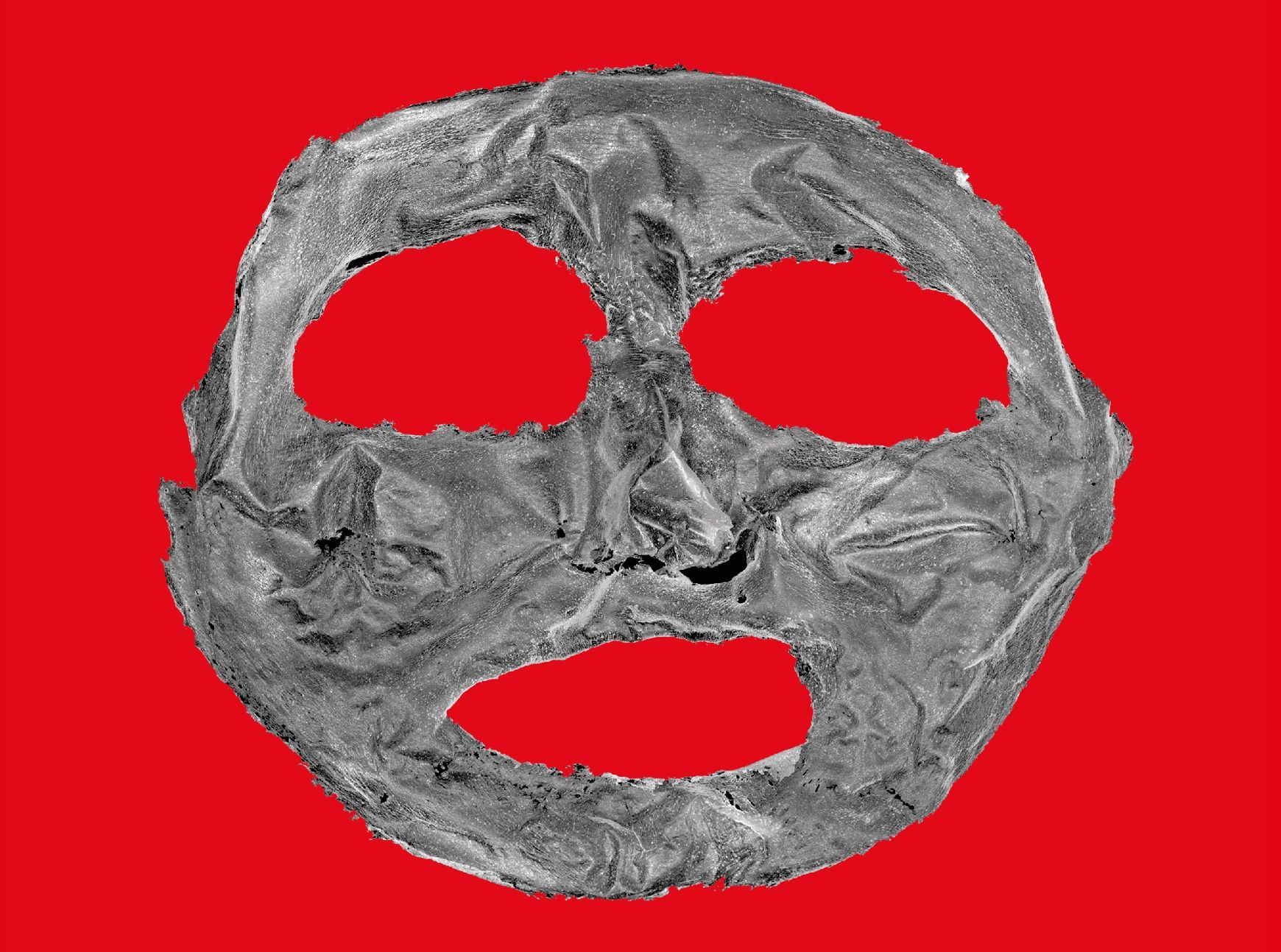
“DEVILS ON HORSEBACK” Curated by Claire Koron Elat and Shelly Reich
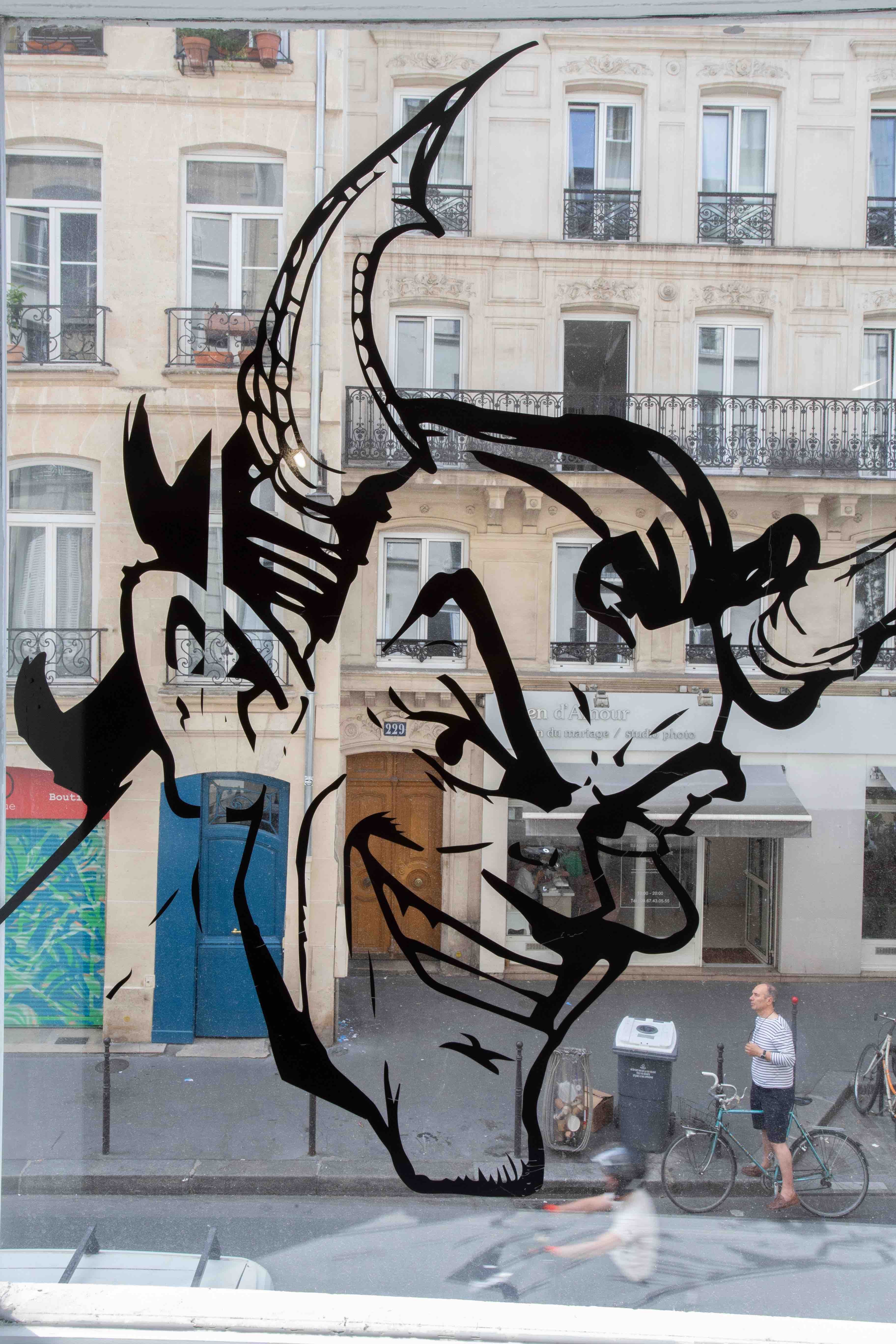
Living in a Magazine World
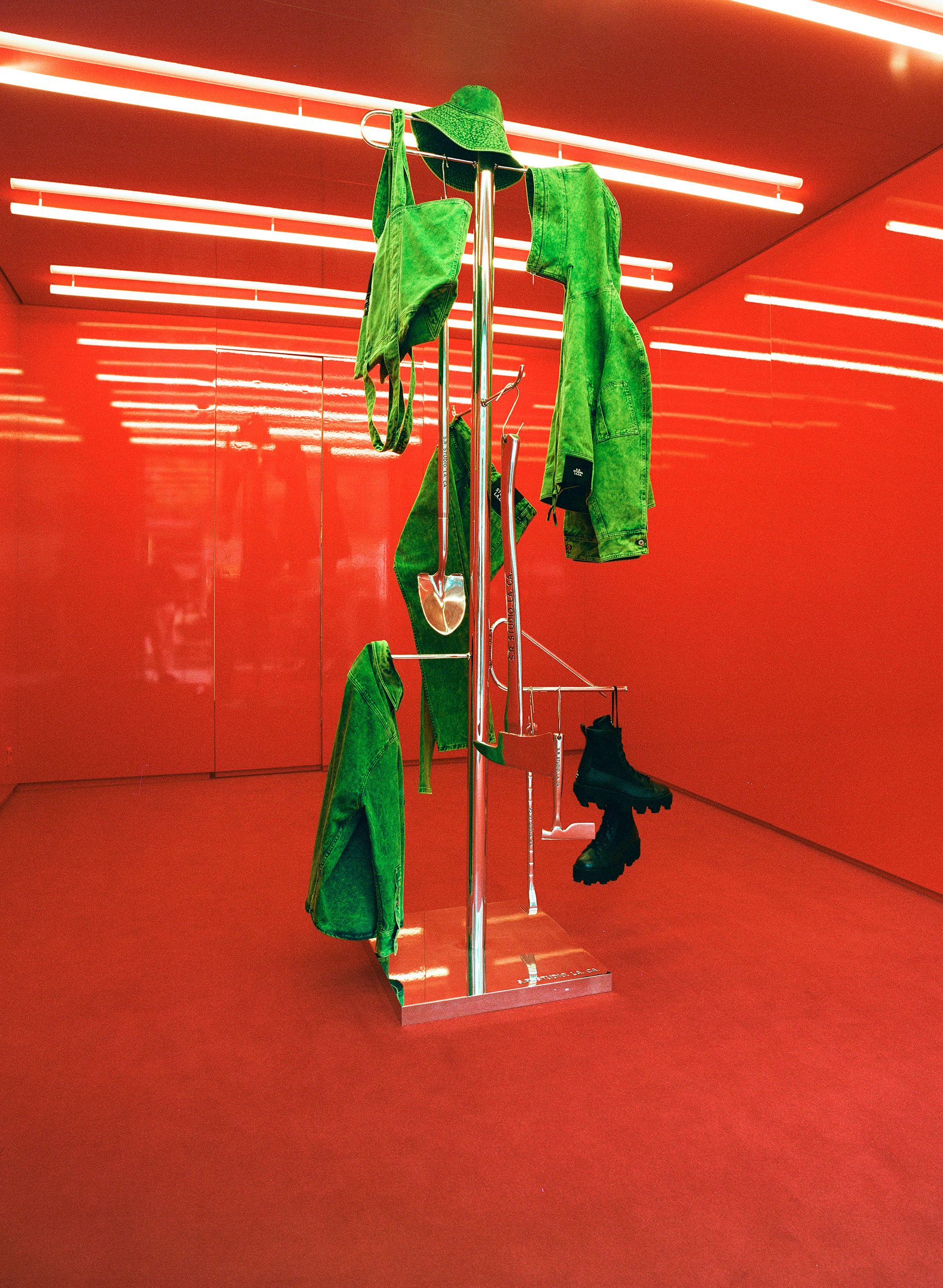
032c WORKSHOP Opens in Berlin-Charlottenburg
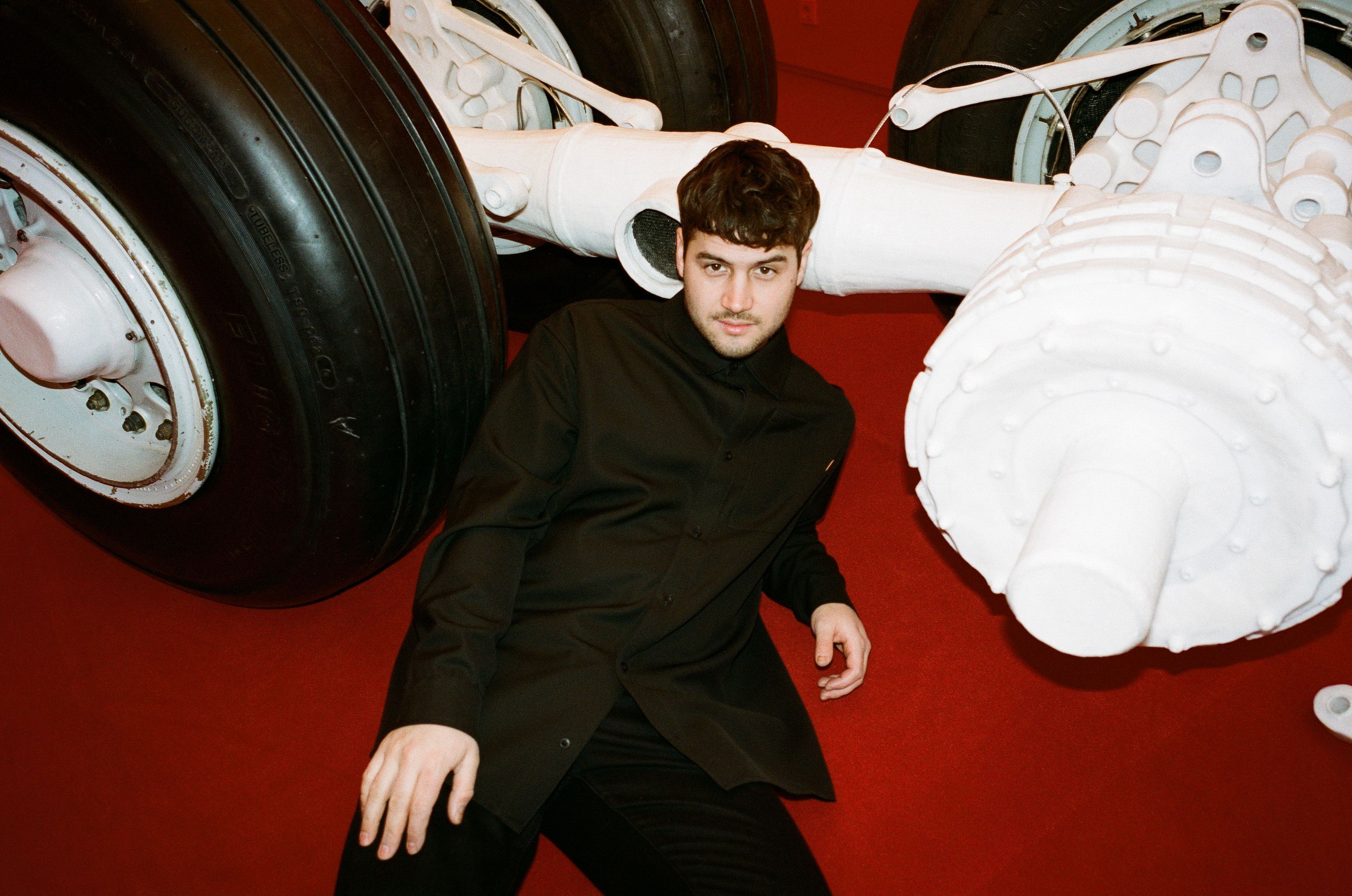
“Bones and Wheels” by Daniel Hölzl

The American Dream Doesn’t Exist, It Never Has
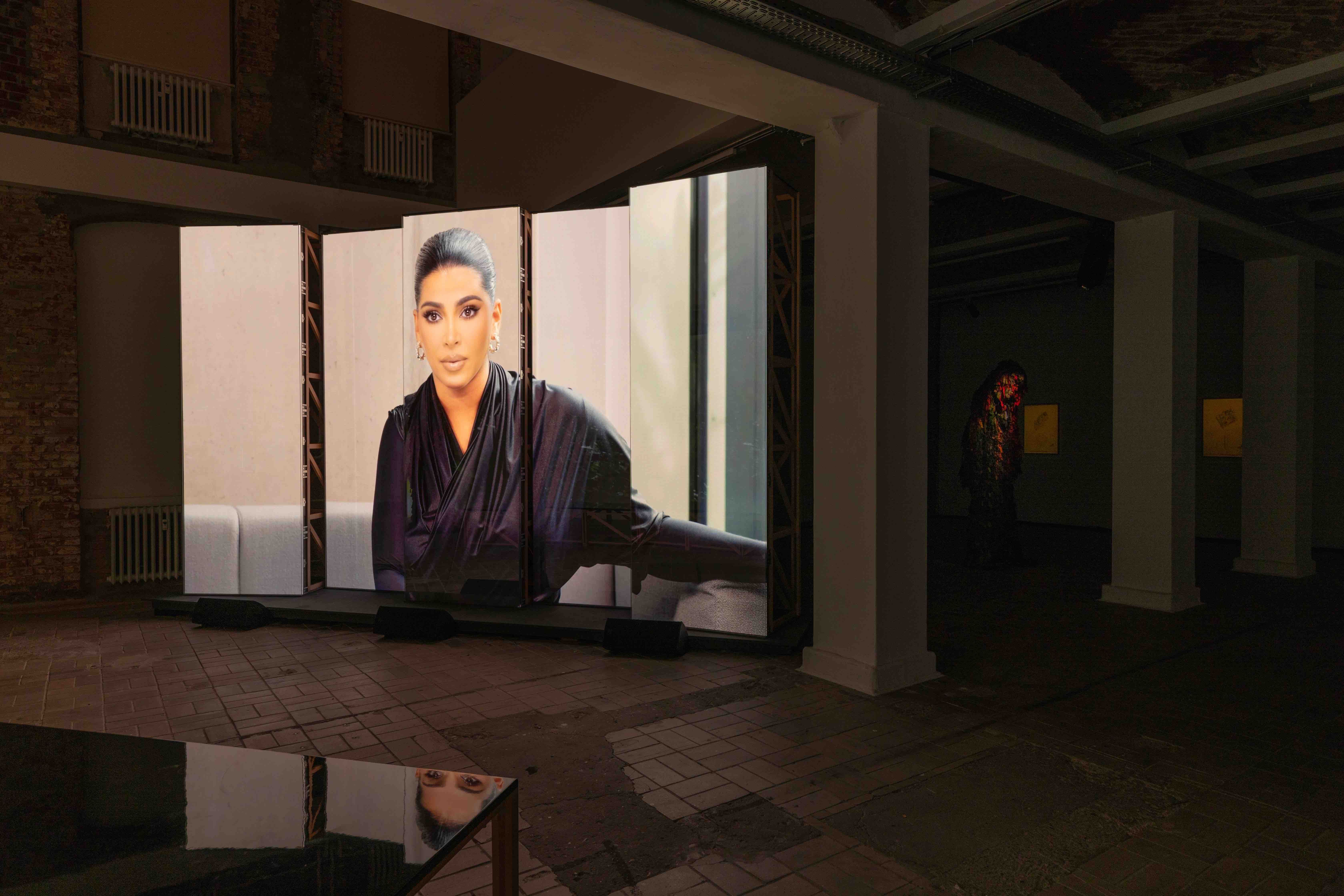
INVENTING KIM KARDASHIAN: CHRISTOPHER KULENDRAN THOMAS
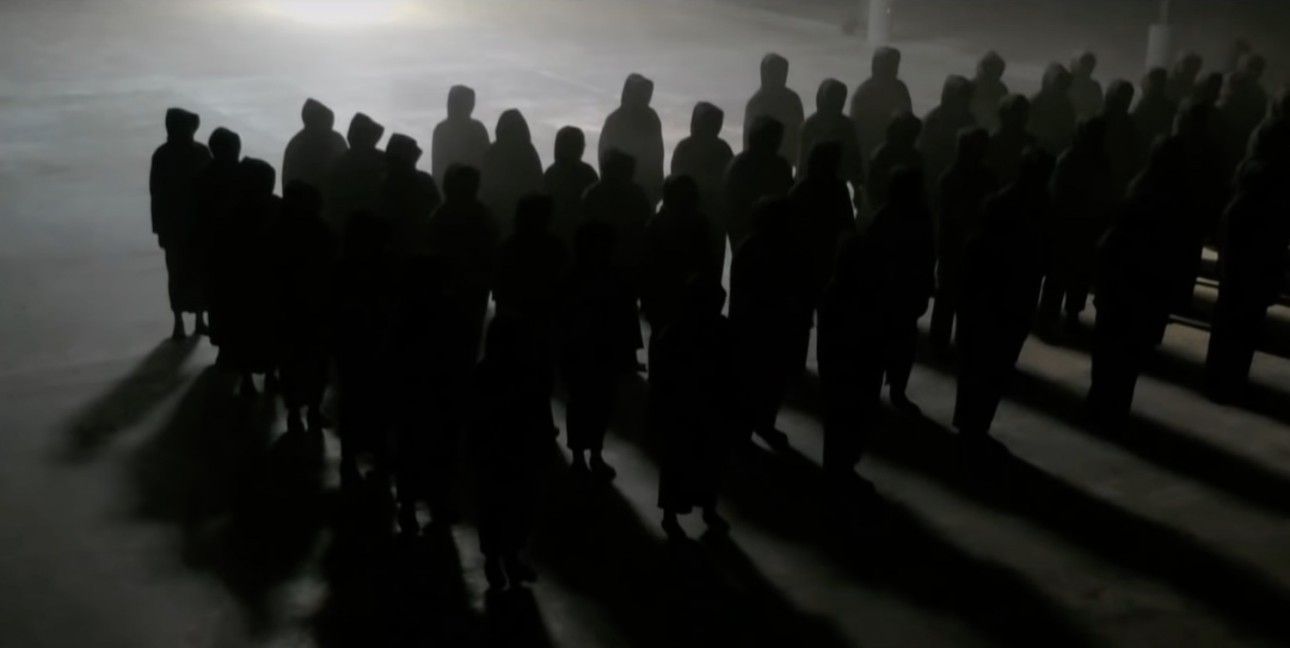
“I AM THE LEADER”: YE (KANYE WEST) in Conversation with TINO SEHGAL
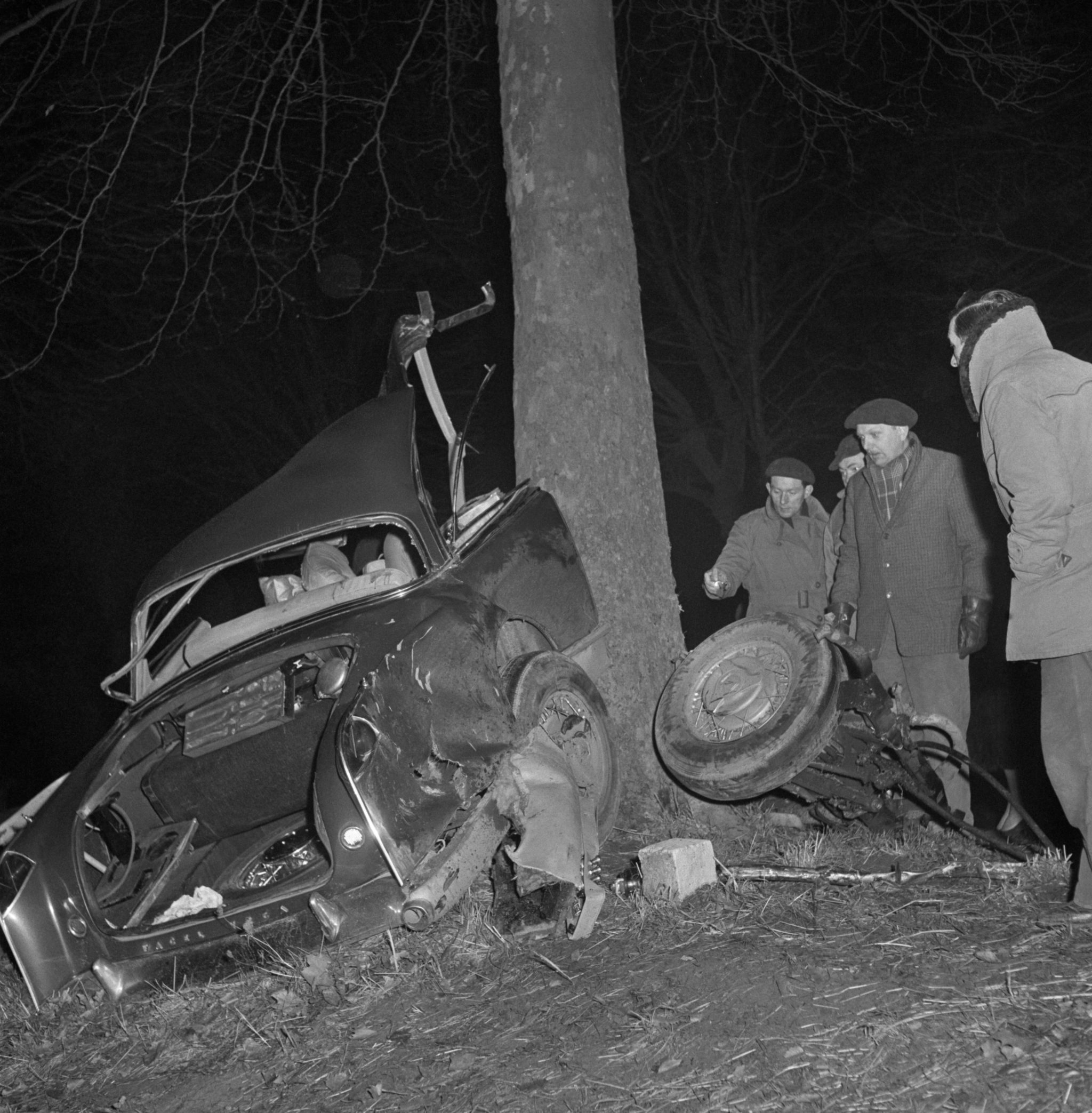
STEPHEN BAYLEY on CRASHED CARS and the DEATH OF THE MODERN ERA